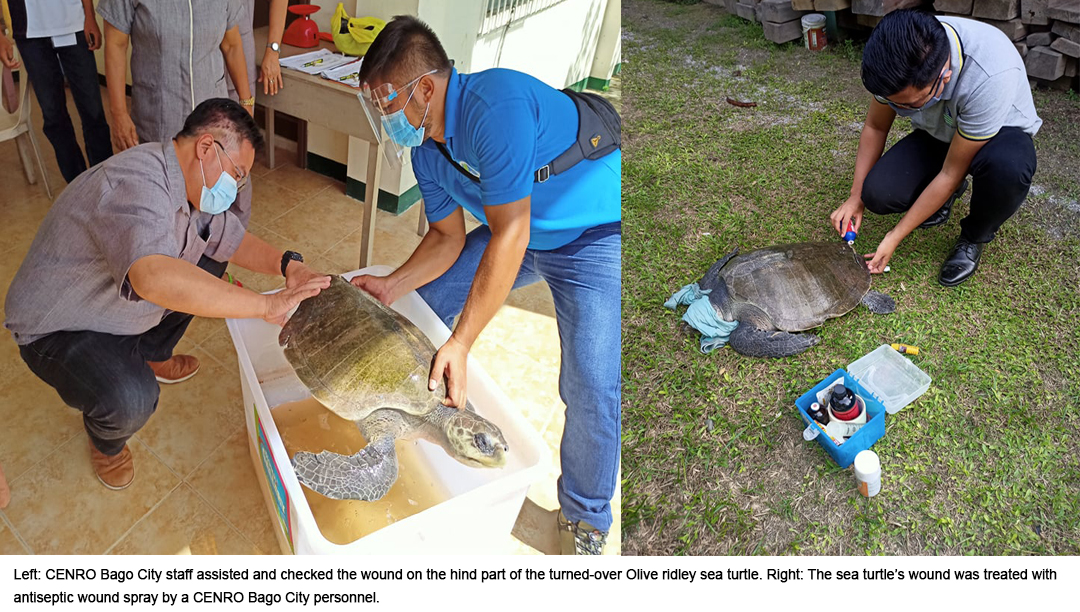Sea turtle hatchlings dotted the white sandy shores of the world’s best beach
Boracay Island is still a turtle haven as it keeps on sending sea turtle hatchlings into the sea. The beautiful marine creatures happily crawled their way back home to the vast ocean.
At the start of the year, some 196 sea turtle hatchlings were found and recorded in different parts of Boracay Island and were susbsequently released to the sea.
With the collaborative effort between the Community Environment and Natural Resources Office (CENRO) in Boracay and the private sector, sea turtles were conserved in the island.
In the early morning of January 4, 2021, sea turtle hatchlings were recorded and released in the shores of Crimson Resort & Spa Boracay, located at Punta Bunga Cove, Brgy. Yapak in Malay Aklan. They numbered 102 Olive ridley and two Hawksbill hatchlings.
The team of personnel from CENRO Boracay and Crimson Resort &Spa Boracay along with some tourists and nearby residents came to witness the beautiful sight of releasing the hatchlings as they use their seemingly fragile flippers to move towards the sea.
During a post-nest evaluation along the coastal area of Sitio Bolabog, Brgy. Balabag, Malay, Aklan, CENRO Boracay has recovered 61 critically endangered Hawksbill sea turtle hatchlings on January 8, 2021 at around 4:30 o’ clock in the afternoon.
Eagerly looking for more hatchlings in the coast of Bolabog, another six hatchlings were found the next day “live-in-nest” by the beach cleaners. Thus, a total of sixty seven (67) hatchlings were released by the team of CENRO Boracay in the shore of Bolabog in Brgy. Balabag on January 9, 2021.
In the serene beach of Tambisaan in Brgy. Manoc-manoc, a total of twenty five (25) Olive ridley hatchlings were found on its shore last January 10, 2021 and were immediately released the next day.
The Olive ridley sea turtle (Lepidochelys olivacea) is considered vulnerable (VU) species while Hawksbill sea turtle (Eretmochelys imbricata) is considred critically endangered (CR) by the International Union for Conservation of Nature’s (IUCN) Red List.
Boracay Island is not only the world’s best beach because of its white sandy beach and turquoise water, but is also the perfect nesting ground of sea turtles. This is where they found a haven for their existence.
“Boracay’s ongoing rehabilitation keeps the island clean and our team from CENRO Boracay and the Boracay Inter-Agency Rehabilitation Management Group (BIARMG) goes an extra mile and continue with its effort to help conserve the wildlife in the island especially the sea turtles,” said Francisco E. Milla, Jr. DENR 6 regional executive director.
Enhancing biodiversity conservation is one of the ten prority programs of the Environment Secretary Roy A. Cimatu./DENR 6
- Details
- Parent Category: News & Events
- Category: Regional Releases



